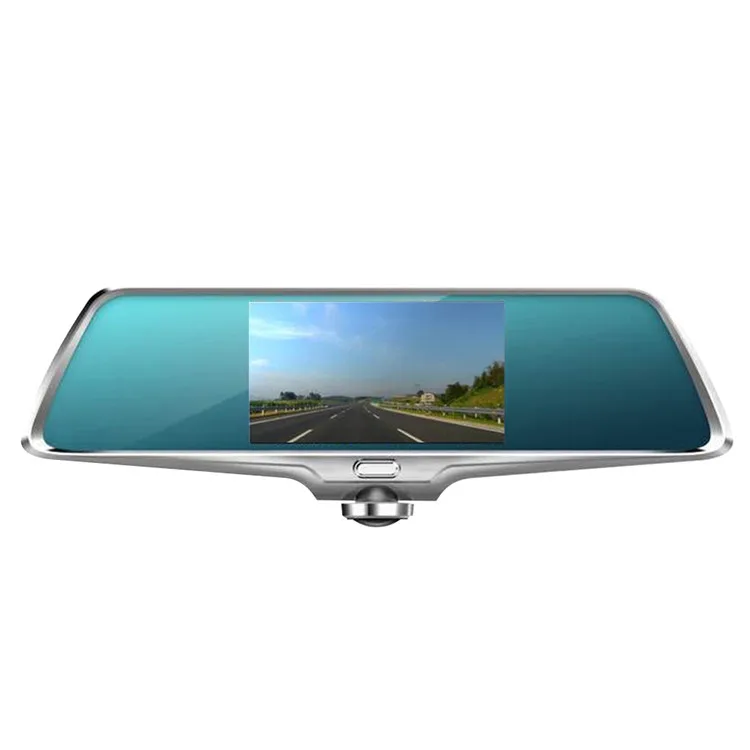

In these models, the provision of conventional and CAM therapies varies from parallel practices, to consultative, collaborative, coordinated, multidisciplinary, interdisciplinary and totally integrated practices. Several models for integration of CAM have been described. As CAM is most commonly offered by practitioners in own private practices, rather than in conventional healthcare settings, no strategies, approaches nor models for integration of CAM intoprimary care exist in the Netherlands. The majority of people with CMP surveyed in the study expressed their needs for a GP who inquires about CAM use and refers to CAM practitioners. Only a minority (30%) of those had actively communicated this CAM use with their GP.
#Gps4cam chinese manual#
A previous Dutch study reported that 71% of patients with CMP had visited a CAM practitioner in either manual therapies, acupuncture, homeopathy, mind-body therapy or naturopathy. Estimates of CAM use in CMP patients differed between studies from on average 42 to 90%. CAM is defined as a group of diverse medical and health care systems, practices, and products that are not generally considered part of conventional medicine, such as acupuncture and homeopathy. The use of complementary andalternative medicine (CAM) among people with CMP has become increasingly popular. Although shown to be effective, life-style changes are very difficult to maintain. Therefore, guidelines generally recommend lifestyle interventions such as exercise.

Pharmacological therapies have been reported to provide inadequate long-term pain relief for CMP. As CMP is a major burden for patients and often causes long-term absence from work, adequate management and treatment of CMP poses a major health challenge for general practitioners (GPs).

The prevalence of CMP is reported to range from approximately 20% to 48% in the general population. Musculoskeletal pain is considered chronic if the pain is still present after three months. It can range from local pain, as in the common CMP types such as low back pain and knee pain, to more general bodily pain in fibromyalgia. Primary care, Complementary and alternative medicine,Integrative medicine, Chronic musculoskeletal pain IntroductionĬhronic musculoskeletal pain (CMP) is the most frequently occurring pain complaint managed in primary healthcare. It needs to be tested in a study setting before further implementation is recommended. The model is the first in the Netherlands to provide for integrative health services in primary care. Conclusions: In conclusion, it was feasible to develop a model for integration of CAM into primary healthcare management of CMP that was driven by patients’ needs and obtained consensus of all stakeholders. CAM practitioners report treatment outcome back to the GP who follows-up on the patient for further evaluation. Guided by evidence and best-practices, GPs refer patients to one of five selected and reimbursed CAM therapies (acupuncture, homeopathy, naturopathy, osteopathy or Tai Chi) and respective practitioner within their integrative network. Results: Consensus was reached on a model in which shared decision making was introduced to facilitate discussions on CAM between patients and GPs. Methods: The study had a qualitative inductive approach following the principles of Grounded Theory, where data were collected and generated via several data sources and steps individual and focus group interviews and meetings with patients, general practitioners (GPs), CAM practitioners, health insurers and other key informants. This study aimed to develop a model for integration of CAM into primary healthcare in close collaboration with patients suffering from chronic musculoskeletal pain (CMP). Background: Integration of complementary and alternative medicine (CAM) into conventional care is driven by patients’ needs for holistic care.


 0 kommentar(er)
0 kommentar(er)
